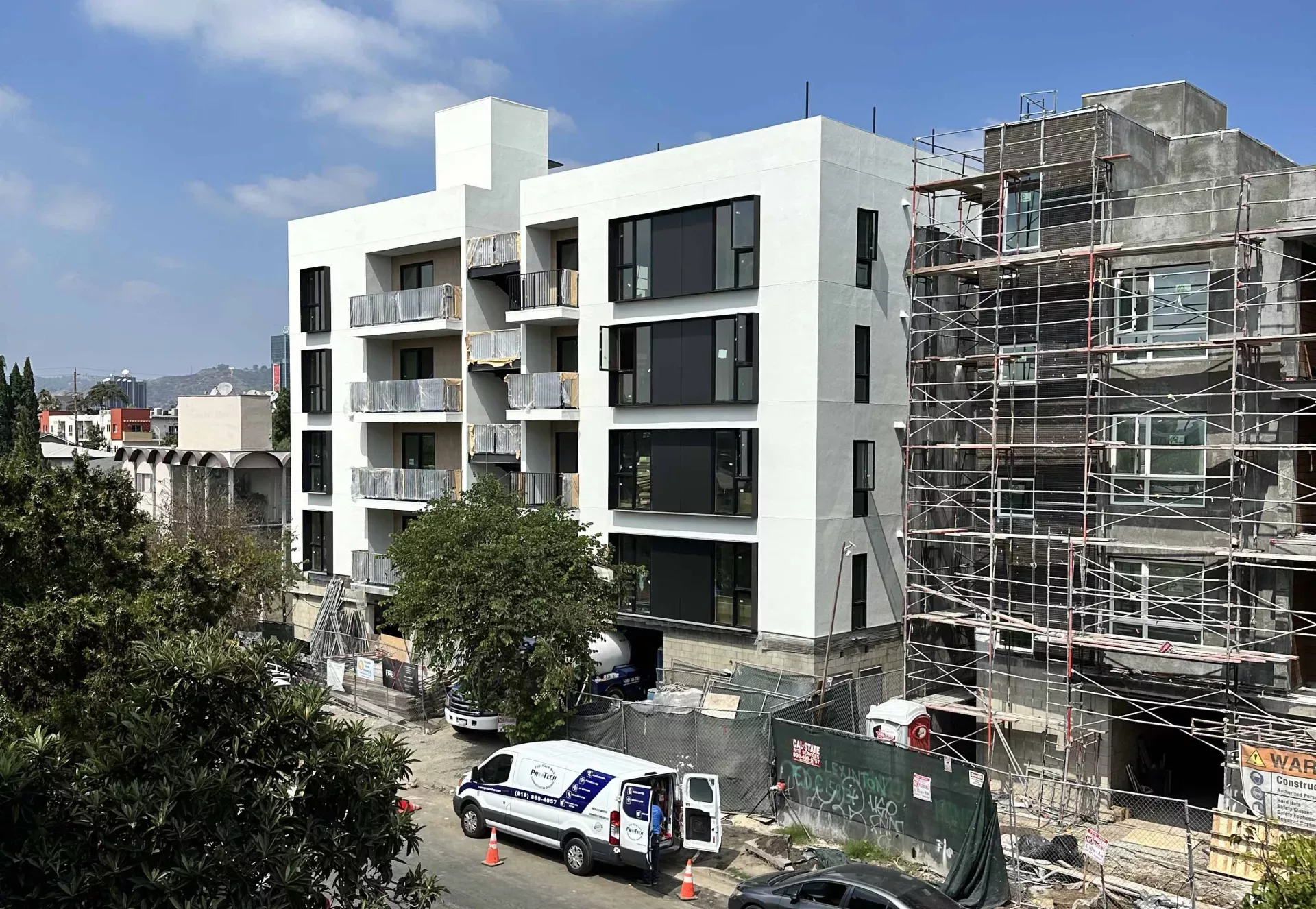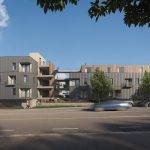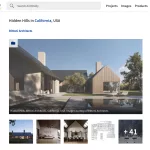A Closer Look at the Latest Amendment to AB 1287: Enhancing Affordable Housing through Density Bonuses
In the ever-evolving landscape of urban development and affordable housing, recent legislative changes have introduced significant opportunities for developers and communities alike. One such pivotal amendment is Assembly Bill (AB) 1287, signed into law on October 11, 2023, which enhances the State Density Bonus Law. This amendment is particularly impactful in Los Angeles, where the need for affordable housing solutions is critical. Here, we delve into the specifics of AB 1287 and explore how it operates within the framework of Los Angeles’ urban planning policies.
Understanding AB 1287
AB 1287 introduces a “stackable” density bonus on top of the existing 50% density bonus available under the State Density Bonus Law. This new provision allows developers to secure an additional density bonus ranging from 20% to 50% by setting aside extra units for Very Low Income or Moderate-Income households. This legislation aims to incentivize the creation of more affordable housing units, thereby addressing the housing crisis more effectively.
Key Provisions of AB 1287
Stackable Density Bonus:
- Primary Density Bonus: Developers can achieve an initial 50% density bonus by setting aside a percentage of units for affordable housing.
- Additional Density Bonus: By providing further set-asides, developers can obtain an additional density bonus. The percentages required and the corresponding bonuses are outlined in tables within Government Code Section 65915(v).
Increased Incentives:
- For mixed-income projects and 100% affordable housing developments, AB 1287 increases the number of incentives or concessions available to developers by one.
- This adjustment enhances the feasibility and attractiveness of constructing affordable housing units by providing more significant regulatory flexibility.
- Implementation in Los Angeles
The City of Los Angeles, through its Density Bonus Ordinance (Los Angeles Municipal Code Section 12.22 A.25), has aligned its policies with AB 1287 to ensure smooth implementation and maximize the benefits of this amendment.
Criteria for Additional Density Bonuses
To qualify for the additional “stackable” density bonus, projects must meet specific minimum set-aside requirements:
- Very Low-Income Units:
- 5% set-aside for a 20% density bonus
- 10% set-aside for a 38.75% density bonus
- Moderate-Income Units:
- 5% set-aside for a 20% density bonus
- 15% set-aside for a 50% density bonus
These percentages are applied on top of the initial 50% density bonus, allowing projects to potentially reach a total density bonus of 100%.
Application Process
Developers seeking to utilize these density bonuses must follow specific procedures:
- Plan Check and Review:
- Projects only requiring a density increase and parking reductions can file directly with the Los Angeles Department of Building and Safety (LADBS) for review and plan check.
- Affordable Housing Referral Form (AHRF):
- For projects seeking additional entitlements or incentives, developers must submit an AHRF with complete architectural plans to the Affordable Housing Services Section (AHSS) for review.
- Conditional Use Permit (CUP):
- For density increases beyond the maximum permitted by State Density Bonus Law, developers can request a CUP, adhering to the procedures in LAMC Section 12.24 U.26.
Conclusion
AB 1287 marks a significant step forward in enhancing affordable housing development in Los Angeles. By providing a stackable density bonus and increasing available incentives, this amendment encourages the creation of more affordable units, ultimately contributing to a more equitable urban environment. As developers and planners navigate these new provisions, the potential for innovative, impactful residential projects grows, promising a brighter future for housing in Los Angeles.
For more detailed guidance, specific to Los Angeles developers and interested parties are encouraged to consult the full AB 1287 Implementation Memo (link)
For any questions related to this blog or the implementation of AB 1287, feel free to contact Bittoni Architects. Our team is dedicated to leveraging these new opportunities to create impactful, sustainable, and inclusive housing solutions.




